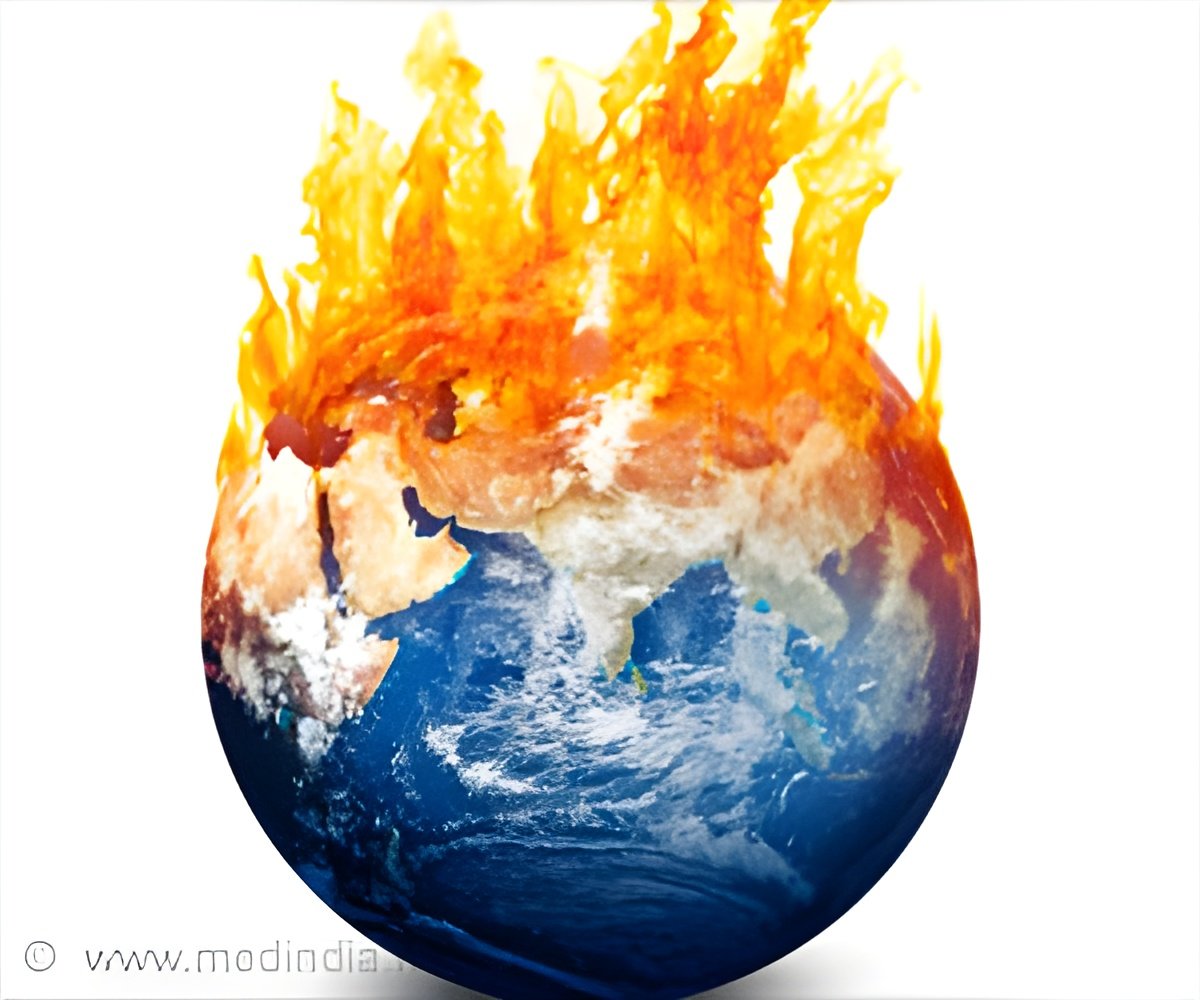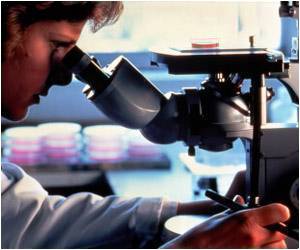The amount and diversity of chemicals that humans are releasing into the environment are increasing at rates that match or exceed recent increases in CO2 emissions.

‘The increased use of synthetic chemicals has outpaced the rates of change in rising atmospheric CO2 concentrations and other agents of global environmental change over the past 45 years.’





Emily S. Bernhardt, professor of
biogeochemistry at Duke's Nicholas School of the Environment, said, "Many
chemicals banned in the U.S. are still being widely used elsewhere,
despite the fact that in many cases we know little about their long-term
ecological effects." "The amount and diversity of pesticides, pharmaceuticals and other industrial chemicals that humans are releasing into the environment are increasing at rates that match or exceed recent increases in CO2 emissions, nutrient pollution from nitrogen fertilizers, and other drivers of global change," Bernhardt said. "But our analysis shows we're not spending anywhere near the amount of attention or money that we should be to assess their impacts."
The researchers suggest convening a National Academy of Sciences panel to address the issue or creating a new National Institute on the Environment to coordinate existing funding, spur new funding and encourage increased research as good places to start.
"When compared to climate change and nutrient pollution, synthetic chemicals have fallen off the research radar -- despite the threats they pose to human and environmental health," said Emma J. Rosi, an aquatic ecologist at the Cary Institute of Ecosystem Studies. "Right now, we lack the data needed to assess the ecological impacts of most of the synthetic chemicals in use today. The situation is unsustainable."
In their analysis, which appears in the journal Frontiers in Ecology and the Environment, Rosi and Bernhardt note that many U.S. government agencies and private global health foundations that used to fund long-term ecological field research on synthetic chemicals have had their budgets cut, or have redirected available funds to human health studies or toxicological tests conducted in a controlled lab environment.
Advertisement
"We need to know more about how synthetic chemicals are altering ecosystems and interacting with other drivers of global change," Bernhardt said. "Our lack of knowledge about how synthetic chemicals alter ecological processes represents a critical blindspot in the rapidly developing field of global ecology."
Advertisement
A second group of scientists at Duke, the University of Michigan, Kent State University and the University of South Florida published a related commentary in the journal Environmental Science & Technology.
Their analysis provides additional documentation of the steady decline in U.S. government funding for studies on the ecological impacts of synthetic chemicals, and calls upon the Environmental Protection Agency and other agencies to reverse this trend.
"During the 1990s and early years of this century, the primary EPA source of funding for research on chemicals in our environment was the Science to Achieve Results - or STAR - program," said Richard Di Giulio, Sally Kleberg Professor of Environmental Toxicology at Duke. "STAR's funding peaked in 2001 at 1.3% of the EPA's budget and is now at about 0.5% of the budget."
The drop has occurred, he said, despite the fact that in 2003, the National Academy of Sciences recommended the STAR funding be between 15% and 20% of the total EPA Office of Research and Development budget.
"We call upon the EPA, NSF and Congress to begin an interagency-funded research program to spur new, and critically needed, ecological research on the effects the millions of chemicals in our environment," Di Giulio said. "It's time to put politics aside and science to the fore."
Source-Eurekalert












